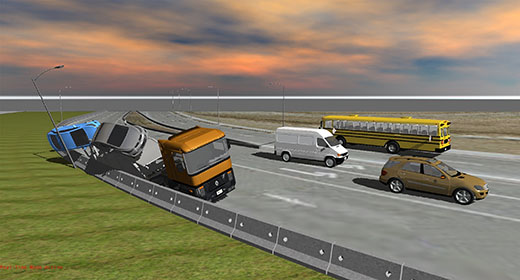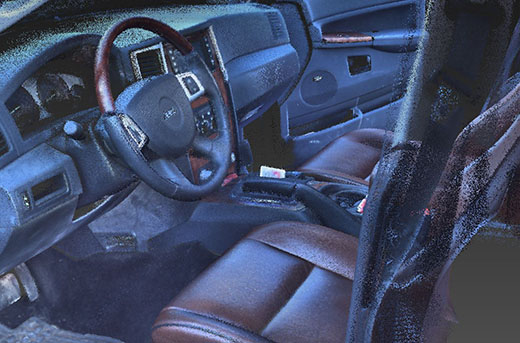

At at trial it can be helpful to show the jury the location and conditions of an alleged crime, to help them picture the full circumstances surrounding the accused. Understanding the environment of an incident helps a jury to fully picture the scene and to understand how details of the event fit into that picture.
Sometimes lawyers would like to bring a jury to the scene of an incident, but this option is not possible. It may be because the terrain is too difficult to navigate, or the weather is bad, or the location is too far away from court, or some jury members are not mobile enough, or it may just be too expensive to transport a jury. Whatever the reason, a judge or attorneys may decide not to bring a jury to visit a site. When bringing a jury to the scene of an incident is not feasible, scene reconstruction can be used to help jurors or a mediator to visualize the scene of an alleged crime or the scene of an accident, so that instead of needing to bring a jury to a location, we can create a video or presentation to bring the scene to them.
Attorneys have the use of many visualizing tools — from simple line drawings, charts, and timelines, to displaying photographs and animation on Google Maps, to high resolution scene reconstruction imaging using 3D scanners. But no matter what forensic or visualization tool is being used, the goal is always to clarify the geographic location and to understand the layout of an alleged crime or accident. Videotaping the scene of a crime or accident can be a crucial tool for a court case. Video recording today allows for super high resolution recordings at a reasonable cost. The cost for this high resolution video was once hard for any client to swallow, but today getting this quality is reachable by most who have the need. Even super slow motion frame rates can be achieved without a big cost.
3D modeling in crime scene reconstruction has also become much more affordable in recent years. What was once beyond the means of almost everyone, now is being used more and more. Similarly to the lowering costs of video production, 3D modeling of a crime scene and taking measurements with photogrammetry used to be a much more expensive endeavor. Today these 3D modeling costs have come down, to allow detailed room reconstruction and detailed terrain modeling, allowing a jury can see more precisely how the evidence fits into the area where the incident or alleged crime took place.
The newest tool that is emerging for use in forensic investigations is virtual reality, or VR. VR in the courtroom would allow a jury to view the full 360 degree environment of an incident while a witness testifies, giving the jury a tour that includes details from the witness’s memory of what transpired. Whether it’s a personal injury case, a family law dispute, or a criminal case, crime scene reconstruction with video production, 3D modeling, and more recently VR, have become viable tools as prices drop and the technology becomes more refined.